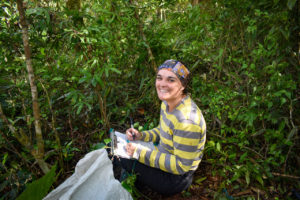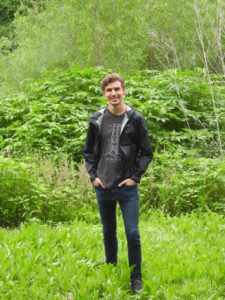The Native Plant Society of Texas offers grants and scholarships to Texas university students pursuing studies in Texas native plants, conservation and restoration, biology, horticulture, or related fields.

Research Grants
The Native Plant Society of Texas offers grants to Texas university graduate students to support research projects related to Texas native plants or the conservation and restoration of Texas native

Scholarships
The Native Plant Society of Texas offers two scholarships for undergraduates at Texas colleges who major in biology, ecology, botany, landscape architecture, horticulture or related fields and who will be


